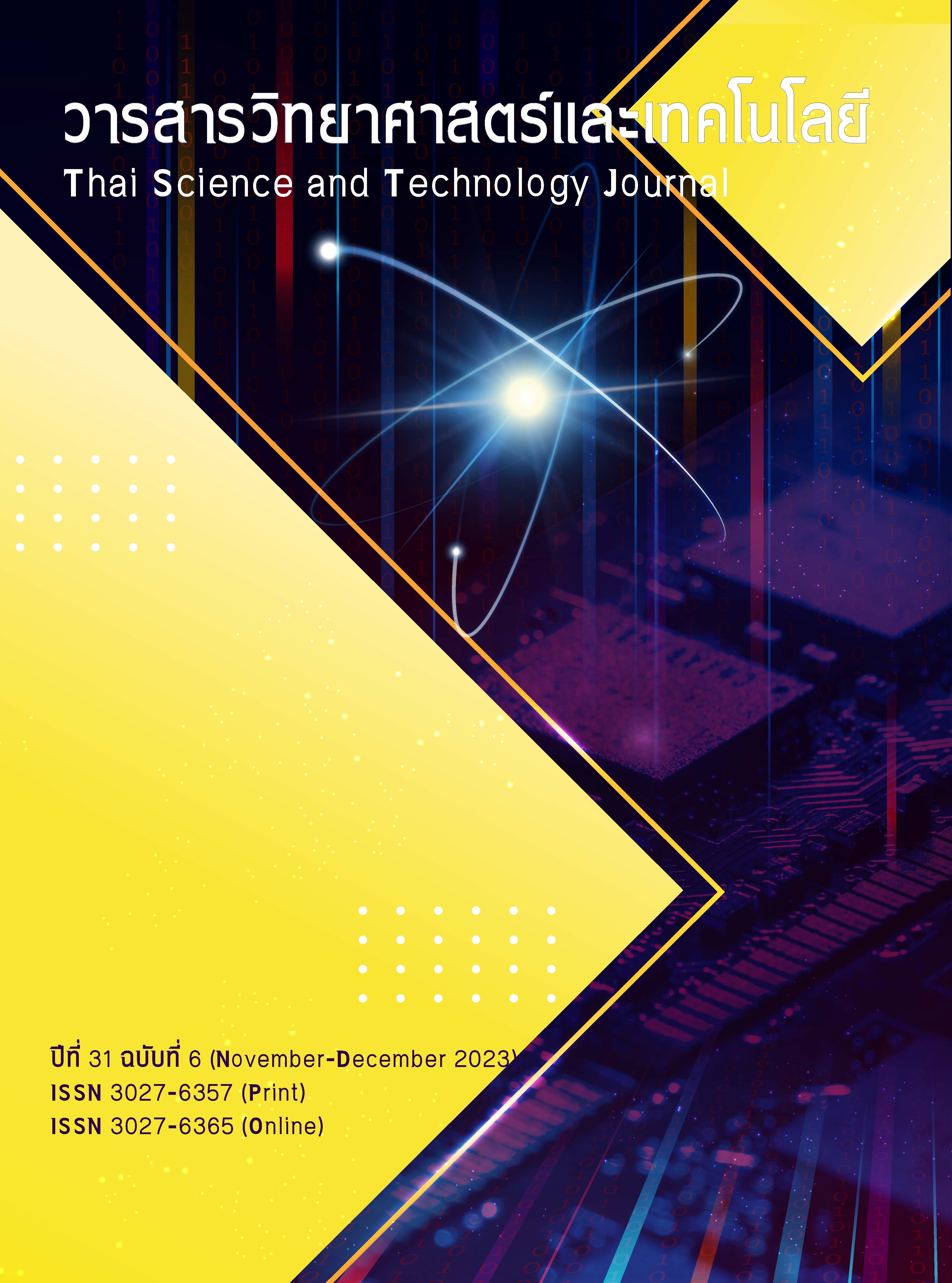The Development of Hydrotherapy Screening Form at Physical Therapy and Hydrotherapy Unit, Thammasat University
Main Article Content
Abstract
The objective of this research was to develop a patient screening form prior to using the hydrotherapy pool. The screening forms from the other hydrotherapy clinics were collected, grouped, and analyzed to establish a suitable screening form for physiotherapy and hydrotherapy units. This form includes general information about service recipients and health-related information that pertains to contraindications and precautions when using the pool. There were 40 volunteers participating in the study, and data were collected by having volunteers or their relatives complete the patient screening form before entering the hydrotherapy pool. The results show that the validity of the questions of the screening form is appropriate and consistent with the research objectives at Index of Item - Objective Congruence: IOC > 0.50. The reliability of the tool was 0.571 at Cronbach’s alpha coefficient. In conclusion, the screening form was met with validity and reliability, and the screening form can be also applied to assess patients before entering the hydrotherapy pool.
Article Details
References
Wilson, J.M.G., G. Jungner, and W.H. Organization,1968, Principles and practice of screening for disease, World Health Organization, Geneva, 168 p.
Maureen MacMahon, S.G., Rose Horvat, Heather Bond, Sophie Heywood, Dianna Howell, Judy Larsen, Sarah Milne, Bronwyn McIlveen, Ross Piper, Emily Ramage, 2015, Australian guidelines for aquatic physiotherapists working in and/or managing hydrotherapy pools, Australian Physiotherapy Association, Australia, 94 p.
Sue Walmsley, M.B, Health and Safety Policy for use of Hydrotherapy Pools in Salford, Available Source: https://www.srft.nhs.uk/aboutus/equality-diversityinclusion/assessments/ia/?entryid18=38181&p=24, September 7, 2018.
Alikhajeh, Y., S.R.A. Hosseini, and A. Moghaddam, 2012, Effects of Hydrotherapy in Static and Dynamic Balance Among Elderly Men, Procedia - Social and Behavioral Sci. 46: 2220-2224.
Anstey, K.H. and C. Roskell, 2000, Hydrotherapy: Detrimental or beneficial to the respiratory system?, Physiotherapy, 86(1): 5-13.
Giaquinto, S., et al., 2010, Hydrotherapy after total hip arthroplasty: A follow-up study, Archives of Gerontology and Geriatrics, 50(1): 92-95.
McIlveen, B. and V.J. Robertson, 1998, A Randomised Controlled Study of the Outcome of Hydrotherapy for Subjects with Low Back or Back and Leg Pain, Physiotherapy, 84(1): 17-26.
Stark, M.A., B. Rudell, and G. Haus, 2008, Observing Position and Movements in Hydrotherapy: A Pilot Study, Obstetric, Gynecologic & Neonatal Nursing. J . 37(1): 116-122.
Pisit Tuntavanitch, P.J., 2018, IOC The Real Meaning of IOC, Mahasarakham University, Edu. Mea. J. 24(2): 3-9. (in Thai)
Pasunon, P., 2015, Validity of Questionnaire for Social Science Research, Journal of Social Science, Srinakharinwirot University. J. Soc. Sci. 18: 375- 396. (in Thai)
Tavakol, M. and R. Dennick, 2011, Making sense of Cronbach’s alpha, Int. J. Med. Educ. 2: 53-55.
Pranee Meehanpong, K.C., 2018, Assessing Quality of Research Instrument in Nursing Research, The Royal Thai Army Nurses. J. 19(1): 9-15. (in Thai)


